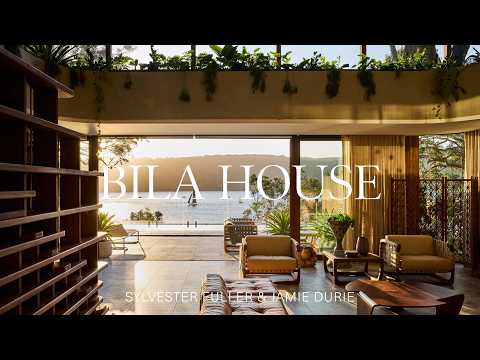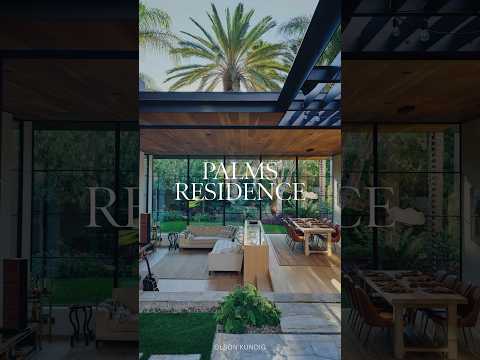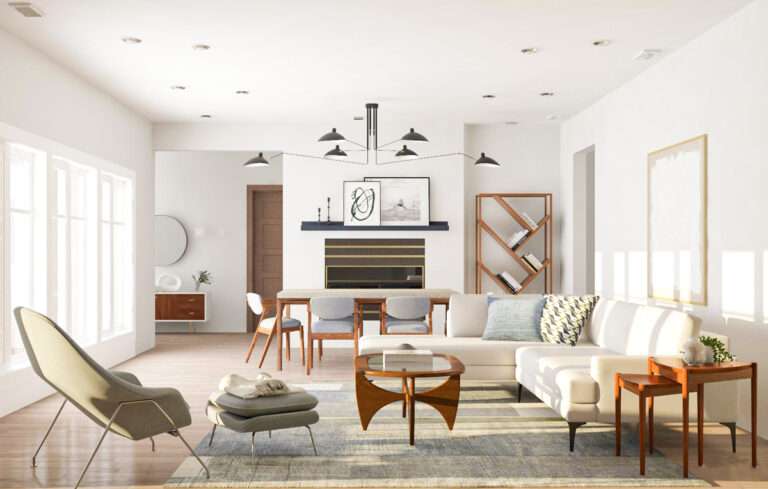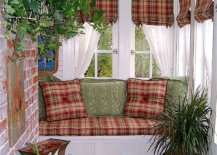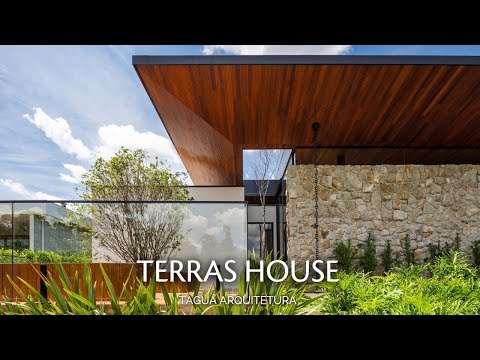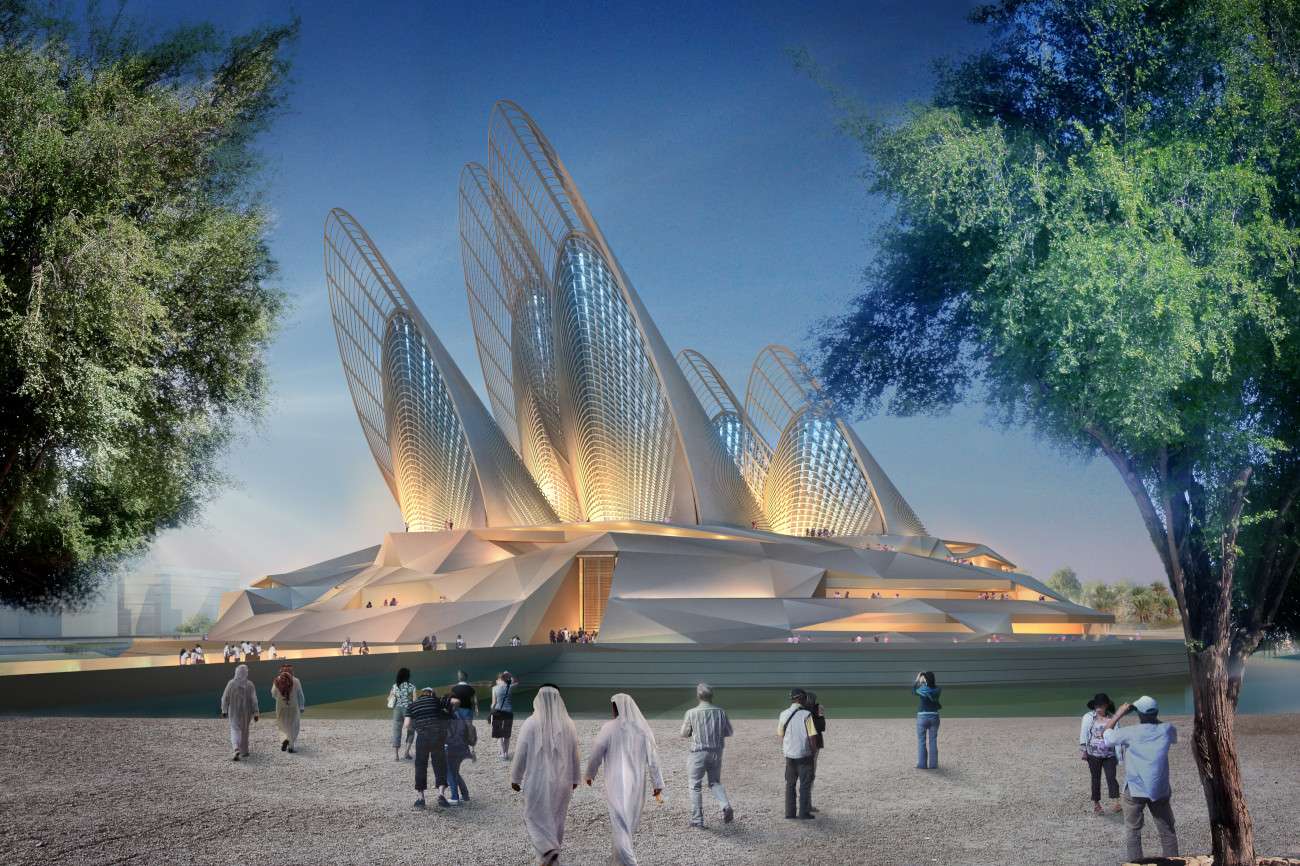

Photo: Foster + Partners
A soaring new museum is bringing a spirited, futuristic touch to the Abu Dhabi skyline. The Zayed National Museum, bound to become a landmark of the United Arab Emirates (UAE), is under construction and will open later in 2025. Designed by Foster + Partners, the museum plans to be a thorough repository of the nation’s past and present while looking ahead through its cutting-edge design.
“Architecturally, the aim has been to combine a highly efficient, contemporary form with elements of traditional Arabic design and hospitality to create a museum that is sustainable, welcoming and culturally of its place,” write the architects. The museum will be the central component of the Saadiyat Cultural District in Abu Dhabi, which will also boast outposts of the Louvre and Guggenheim museums.
Five lightweight steel structures will crown the sprawling building. Their shape is inspired by a falcon’s wing in flight, a nod to the Emirati tradition of falconry. The aerodynamic design draws from the wind towers that have kept buildings cool around the Persian Gulf for centuries. The facade has strategically placed openings that filter and direct the right amount of sunlight to each space.
Inside, the museum will be split into pod-shaped galleries suspended over a dramatic top-lit central lobby. This system allows for each room to be a controlled environment, adjusting the air conditioning needs for each type of object on display. Divided across two floors, there will be six permanent galleries and a temporary exhibition hall. The warm white tones of both the interior and exterior spaces are meant to match the sand of Saadiyat Island, where the museum and surrounding campus sit.
The project is based on the values and vision of the late Sheikh Zayed bin Sultan Al Nahyan, considered the founding father of the UAE. His influence can be particularly felt in the museum’s garden, which tells the story of his life through the landscapes that inspired him, serving as a path between the museum and the shore—a tribute to Zayed’s love for nature.
The museum, aimed to depict Abu Dhabi’s role as a “crossroads of civilizations,” plans to become the most comprehensive source of information on the UAE’s history and culture. It will feature Palaeolithic, Neolithic, Bronze, and Iron Age artifacts that show how the country came to be. Some of the highlights include the Abu Dhabi Pearl, an 8,000-year-old pearl and one of the oldest in the world, and the Blue Qur’an, one of Islamic art’s finest manuscripts, famous for its gold lettering on a dark blue parchment.
“This museum is more than a place of preservation; it is a promise to future generations, a beacon of our identity, and a space where our story is told not just through objects, but through emotion, memory and vision,” said Mohamed Khalifa Al Mubarak, Chairman of the Department of Culture and Tourism–Abu Dhabi via a statement. “This institution will carry our story forward for generations to come.”
The Zayed National Museum will open its doors in December 2025. To stay up-to-date, visit the museum’s official website.
The Zayed National Museum, bound to become a landmark of the United Arab Emirates, is under construction.
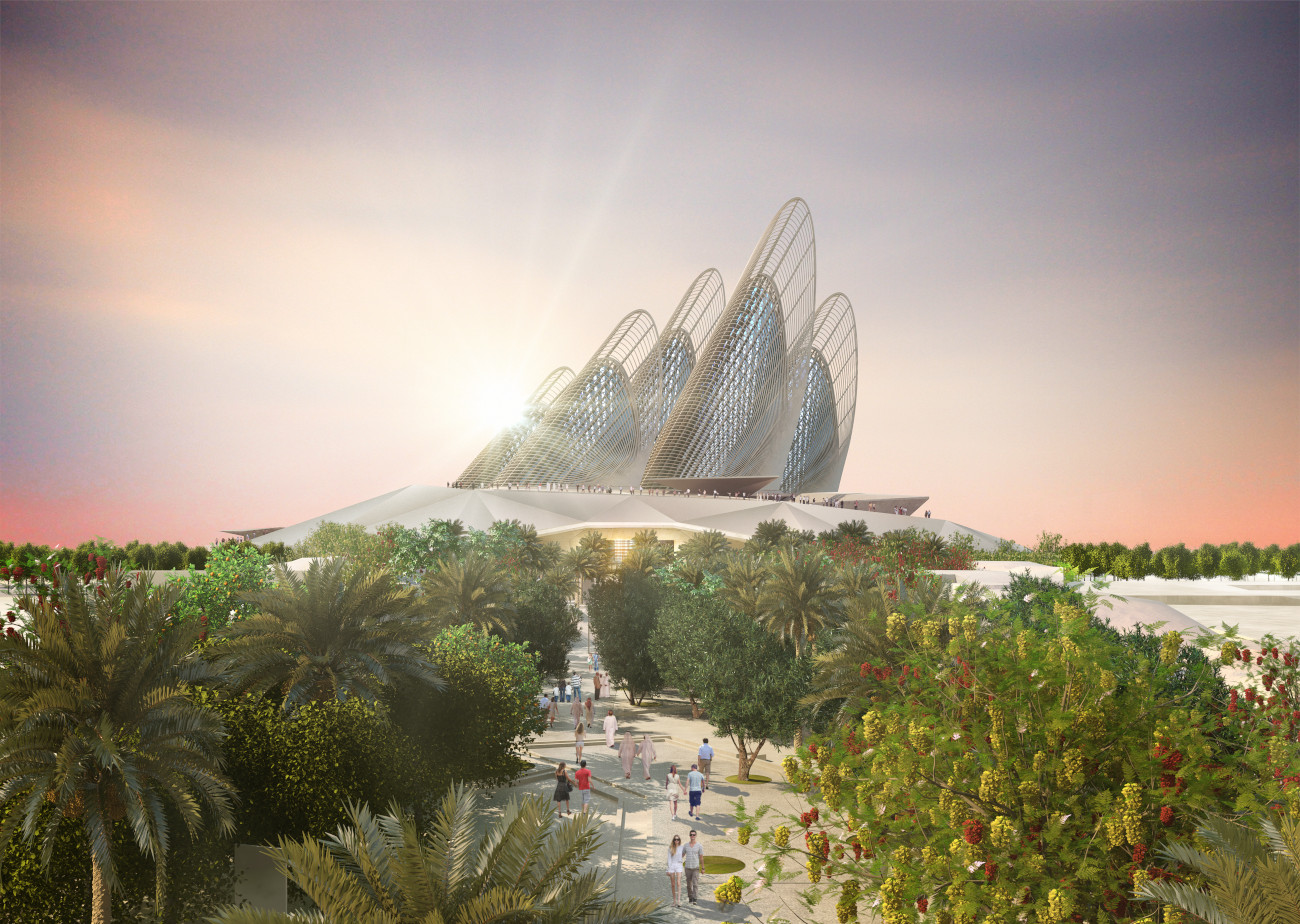

Photo: Foster + Partners
Designed by Foster + Partners, the museum plans to become the most comprehensive source of information on the UAE’s history and culture.
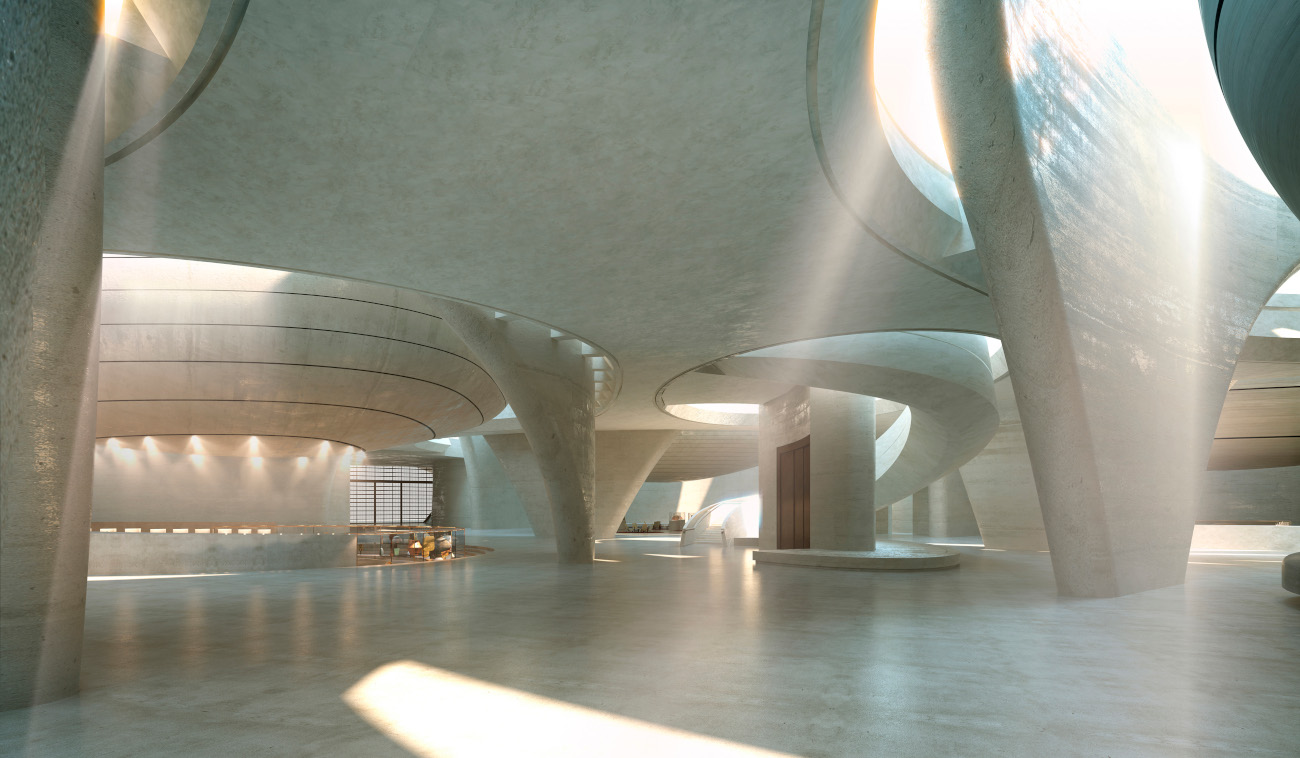

Photo: Foster + Partners
“The aim has been to combine a highly efficient, contemporary form with elements of traditional Arabic design and hospitality to create a museum that is sustainable, welcoming and culturally of its place.”
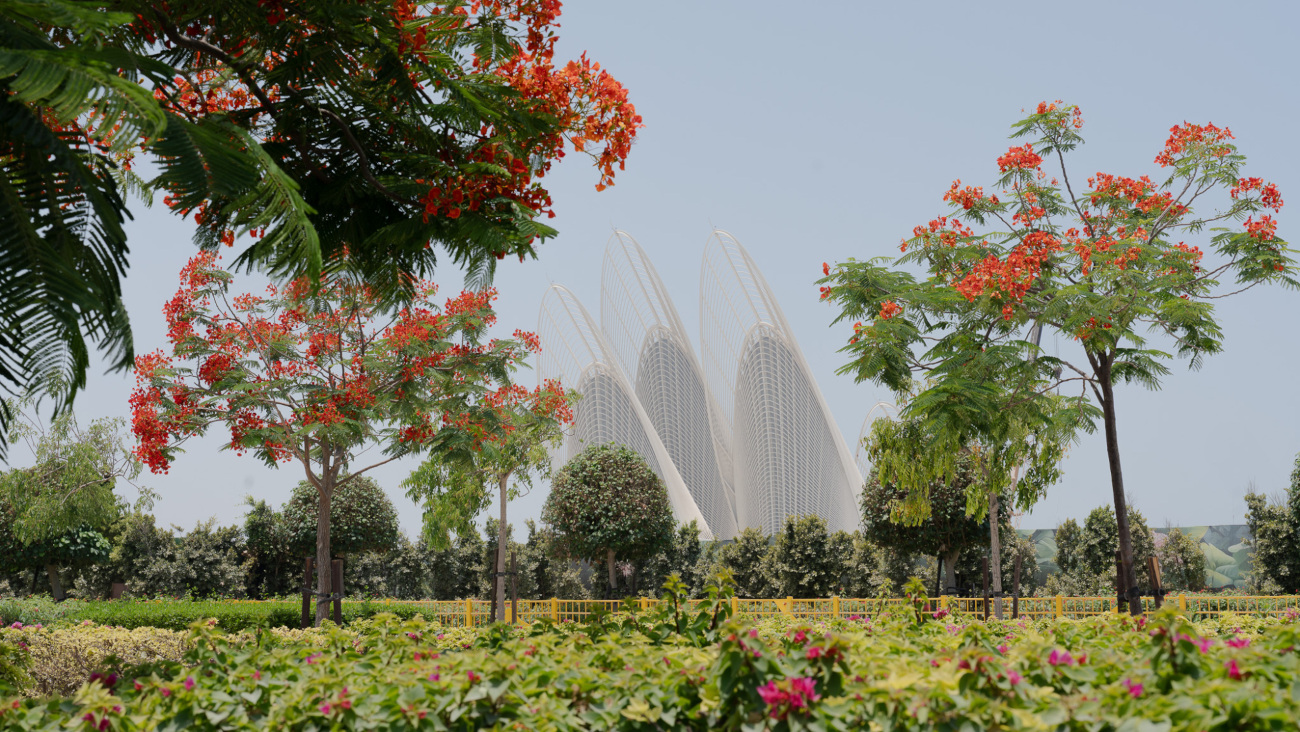

Photo: Zayed National Museum
The sprawling building is crowned by five lightweight steel structures. Their shape is inspired by the wing of a falcon in flight—a nod to the Emirati tradition of falconry.
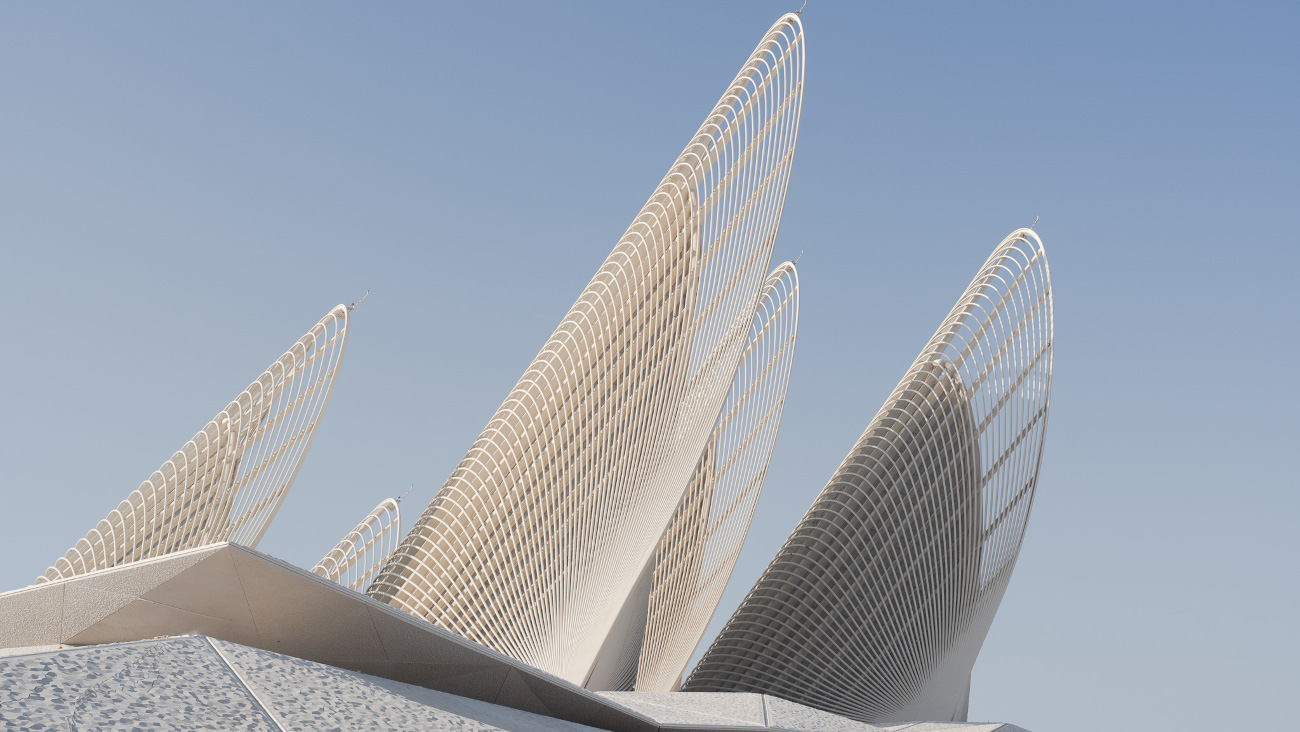

Photo: Zayed National Museum
Inside, the museum is split in pod-shaped galleries suspended over a dramatic top-lit central lobby.
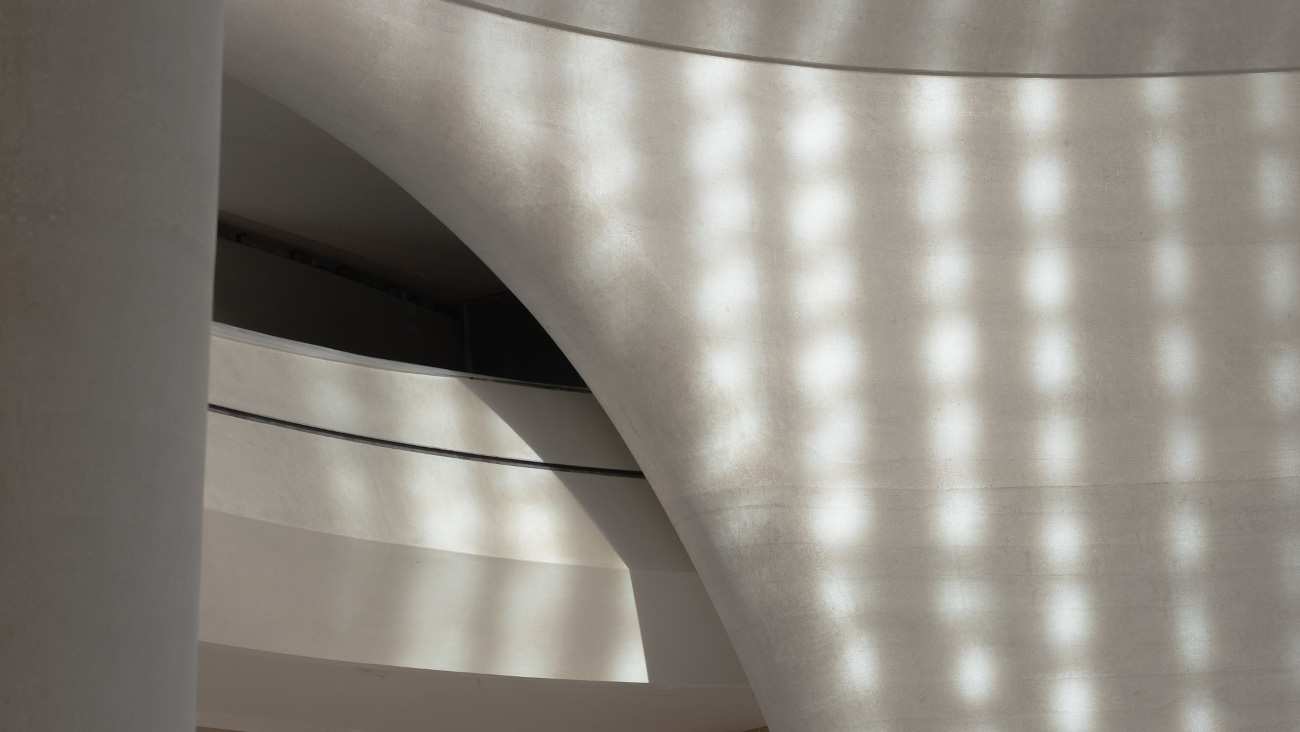

Photo: Zayed National Museum
The museum will be the central element of the Saadiyat Cultural District Abu Dhabi, which will also boast outposts of the Louvre and Guggenheim museums.
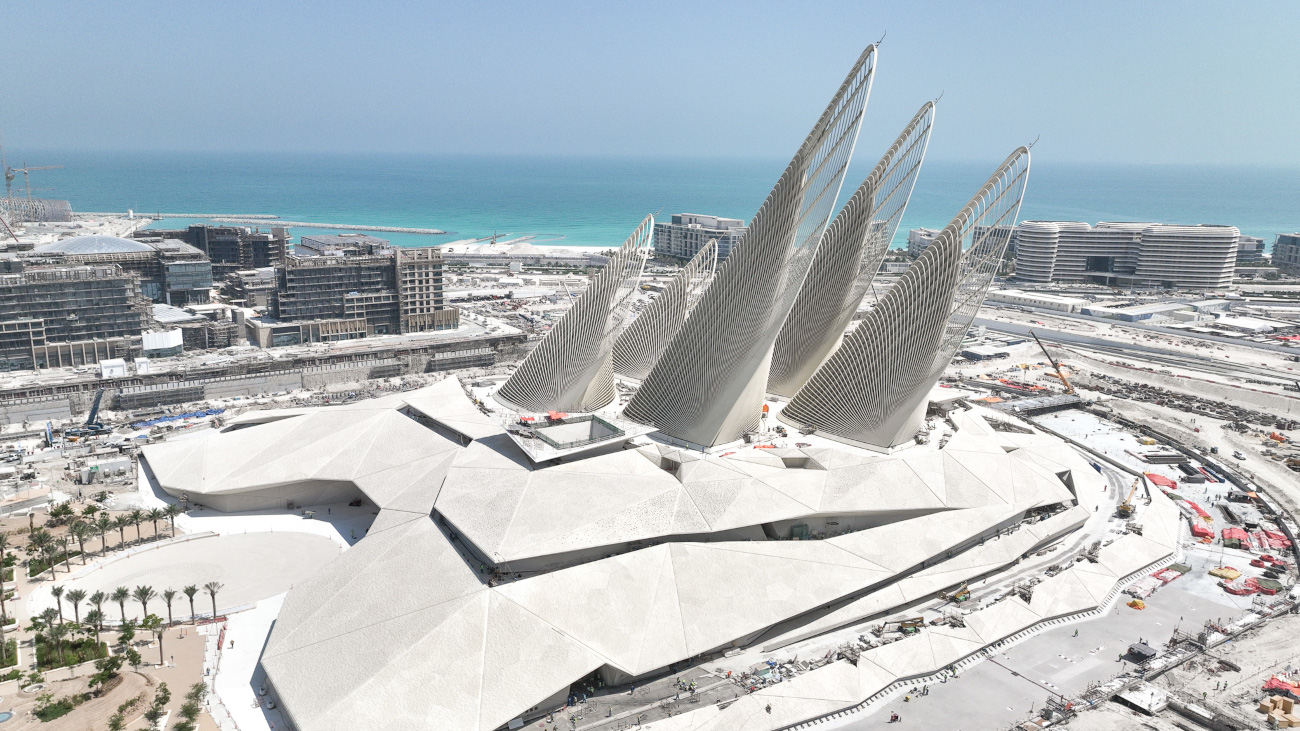

Photo: Zayed National Museum
The warm white tones of both the interior and exterior spaces are meant to match the sand of Saadiyat Island, where the museum and surrounding campus sit.
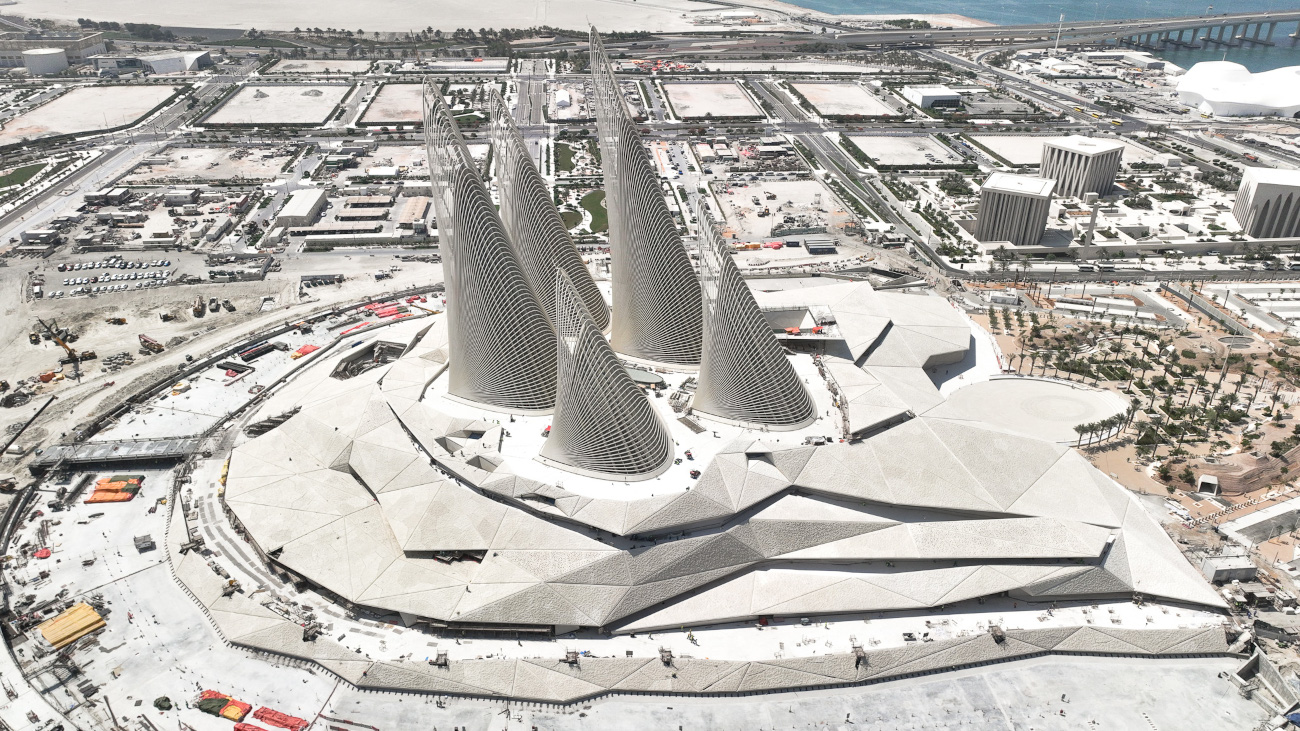

Photo: Zayed National Museum
